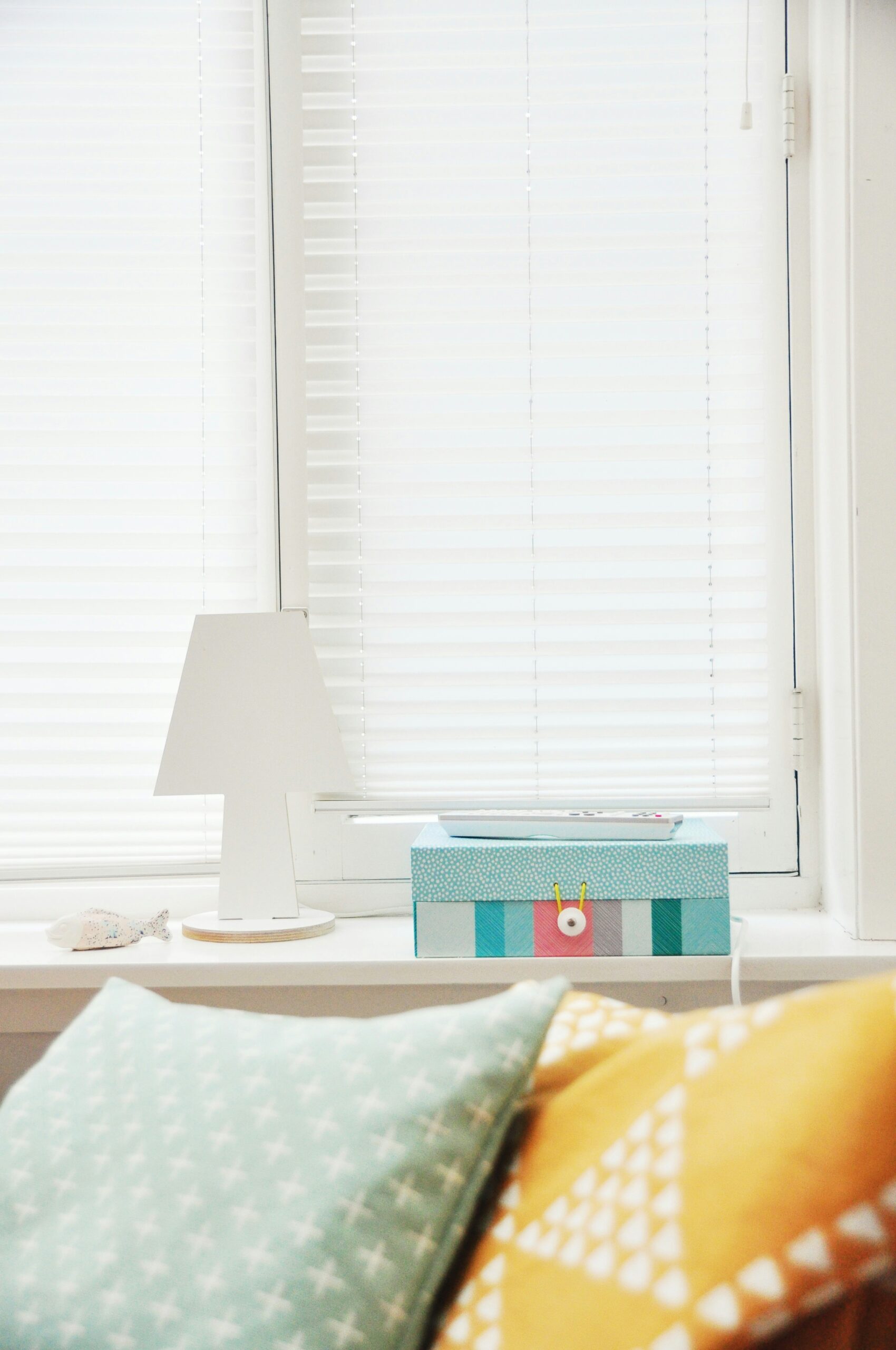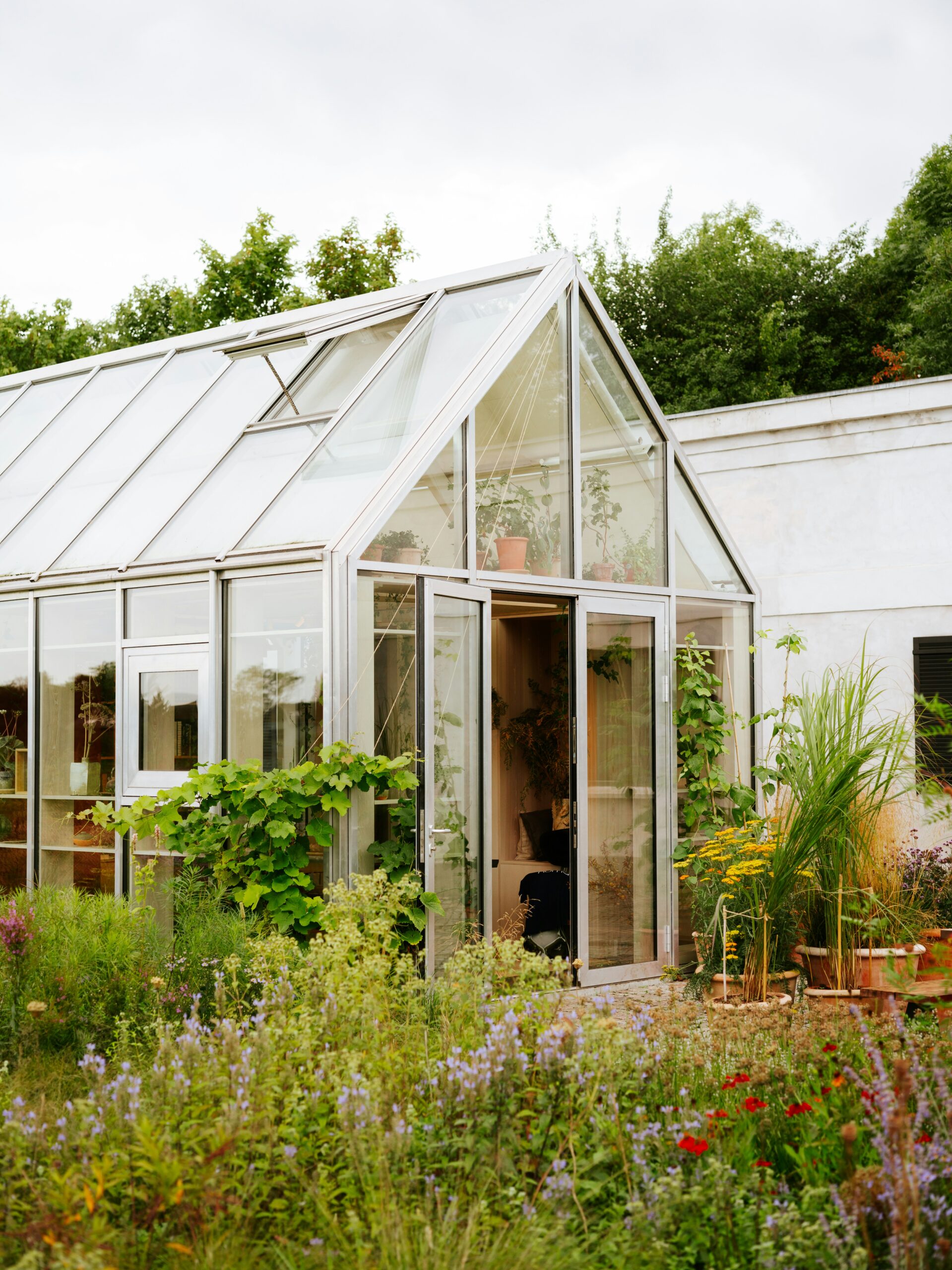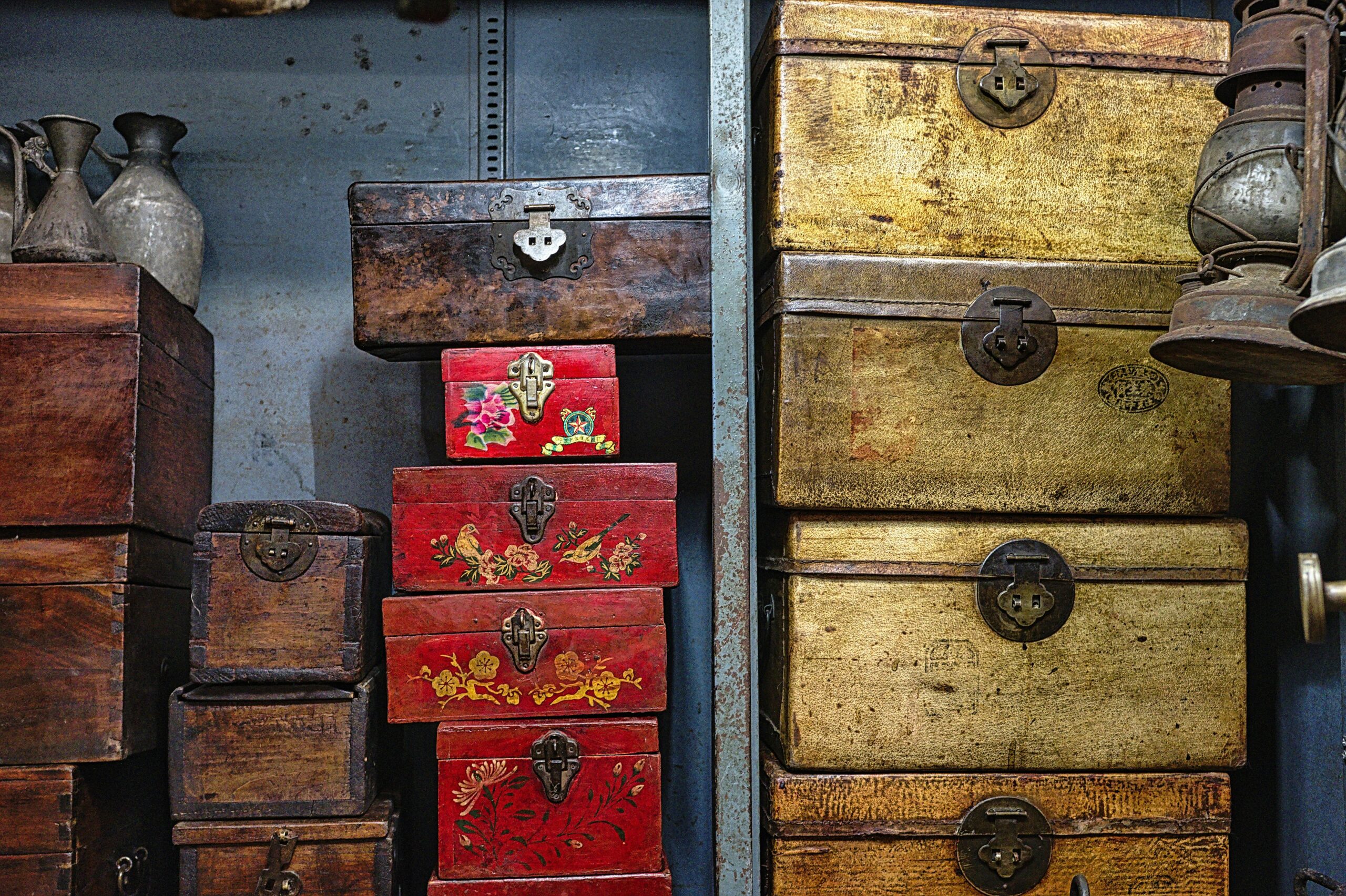Understanding the Benefits of Decluttering
Decluttering one’s home serves as more than just a method to manage physical space; it provides a plethora of psychological and physical benefits that significantly enhance overall well-being. A home filled with clutter can create feelings of anxiety and overwhelming stress, while a clean and organized space contributes to a more peaceful mindset. By reducing clutter, individuals often experience an improved sense of focus and clarity, enabling them to engage more fully in their daily activities.
From a psychological perspective, decluttering allows for mental clarity. When surrounding environments are organized, the mind is less distracted by visual chaos, leading to improved focus on tasks. Studies have indicated that individuals who inhabit clean spaces often report higher levels of productivity. By simplifying your living space, you can gear your energy towards activities that matter, rather than being sidetracked by disarray.
Physically, decluttering can transform one’s living environment into a more functional and efficient space. A well-organized home makes it easier to locate items, ultimately saving valuable time in daily routines. Furthermore, maintaining a clutter-free space reduces the time and effort required for cleaning and upkeep. This eradication of excessive knick-knacks and unused items can lead to a more serene cleaning process, decreasing the stress traditionally associated with household chores.
Lastly, the act of decluttering encourages a more mindful and intentional approach to possessions, promoting a lifestyle less dependent on materialism. This change fosters a healthier relationship with belongings, enhancing overall life satisfaction. As such, the benefits of decluttering extend beyond physical space management, contributing positively to mental health and routine efficiency.
Strategies for Effective Decluttering
Decluttering your home can seem like an overwhelming task, but utilizing effective strategies can simplify the process significantly. One popular approach is the ‘one-in-one-out’ rule, which suggests that for every new item you bring into your home, you should remove one existing item. This method encourages mindfulness about purchases and helps prevent accumulation of unnecessary belongings. By maintaining this habit, you can gradually create a more organized space without feeling the burden of massive decluttering sessions.
Another well-known strategy is the KonMari method, developed by Marie Kondo, which emphasizes the importance of keeping only those items that “spark joy.” To implement this technique, begin by categorizing your belongings, starting with clothing, then moving to books, papers, and sentimental items. While sorting, hold each item and ask yourself if it brings joy—if not, consider parting with it. This emotional connection to your belongings not only makes the decluttering process more meaningful but also aids in overcoming attachment issues.
The four-box system is another practical technique that can facilitate organized decluttering. Label four boxes as keep, donate, trash, and undecided. As you sort through your items, place each item into one of the boxes. This systematic approach allows you to visually assess what you own and make informed decisions. After filling the boxes, you can take immediate actions—discard the trash, donate the items, and revisit the undecided box after a cooling-off period, which can help mitigate impulse decisions.
Maintaining motivation during the decluttering process is crucial. Setting specific goals, such as tackling one room or category per week, can help manage the workload while keeping you committed. Start small, and celebrate the achievements, no matter how minor. By integrating these strategies, you can effectively declutter your home and begin your journey toward a more organized, tranquil living space.
Organizing Your Space: Creative Storage Solutions
Once the decluttering process has been completed, the next step in maintaining an orderly home is to implement effective organizing strategies. Creative storage solutions are essential to maximizing space and ensuring that every item has a designated place. This section will explore various innovative ideas for organizing different areas of your home, focusing on the kitchen, living room, bedroom, and home office.
In the kitchen, consider utilizing vertical space by installing wall-mounted shelves that accommodate pots, pans, and cookbooks. The incorporation of drawer dividers can help categorize utensils and all cooking essentials, allowing for easier access while cooking. Furthermore, using clear bins for pantry items not only helps keep things tidy but also promotes visibility, making it simple to identify what you have on hand.
For the living room, think about multi-functional furniture. Coffee tables with built-in storage or ottomans that double as storage units can be excellent solutions for minimizing clutter. Alternatively, adding decorative baskets can transform organized chaos into stylish décor, while also providing a space to store blankets, games, and magazines.
Bedrooms often require strategic organization to maintain a tranquil environment. Under-bed storage containers can be invaluable for utilizing often-overlooked space. Additionally, incorporating shelving units or wall-mounted hooks for accessories can provide a visually appealing and functional solution for clothing and personal items.
In a home office, keeping a clean workspace is paramount. Desk organizers and labeled storage boxes can streamline office supplies, making it easier to locate essentials. Customizing storage solutions to fit individual needs is vital, as this will ensure that the system is both practical and efficient. By thoughtfully integrating these creative storage solutions, homeowners can achieve a consistently organized space that reflects their personal style while supporting a clutter-free lifestyle.
Maintaining a Clutter-Free Home: Habits for Success
Achieving a clutter-free home is a significant accomplishment, but the journey does not end there. To ensure that your living space remains organized and free from excess belongings, it is crucial to establish effective habits and routines. These practices can help reinforce the decluttering efforts you have already made, allowing for a sustainable, clutter-free lifestyle.
One of the most effective strategies is to integrate daily routines that focus on tidiness. This can include allocating a specific time each day for quick clean-ups, such as 10-15 minutes spent putting items back in their designated places. To enhance consistency, consider implementing a “one in, one out” rule; for every new item that enters your home, one must be removed. This strategy not only prevents accumulation but also encourages mindful consumption.
Establishing weekly routines can further support your goal of maintaining order. Set aside a specific day each week for a brief assessment of your belongings. During this time, you can identify any items that may no longer serve a purpose or bring joy, ensuring that your space remains functional and organized. Regular assessments can also help prevent the re-emergence of clutter, enabling you to stay focused on your decluttering goals.
Involving family members in the organization process is essential to create a holistic living environment. Encourage everyone to participate by assigning roles or specific areas to manage. This fosters a sense of accountability and teamwork, making it easier to maintain a clutter-free home. Discuss the importance of keeping shared spaces tidy and set collective goals to reinforce a commitment to organization.
Ultimately, it is through mindful habits and regular assessments that you will sustain a clutter-free living environment. Make intentional choices about what you bring into your home, and consistently engage your family in the process. By adhering to these strategies, you can cultivate a serene space that promotes well-being and productivity.


